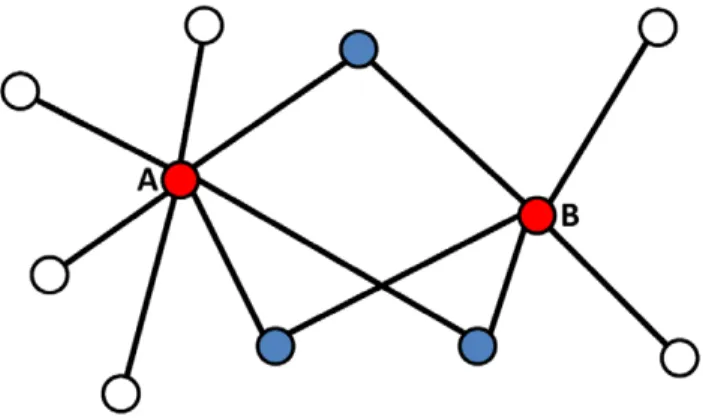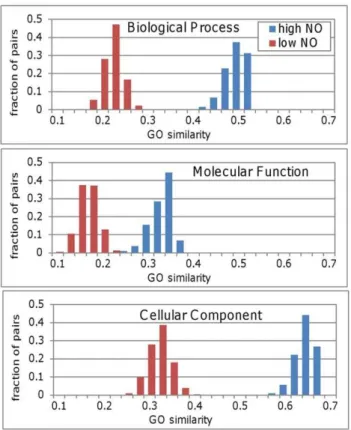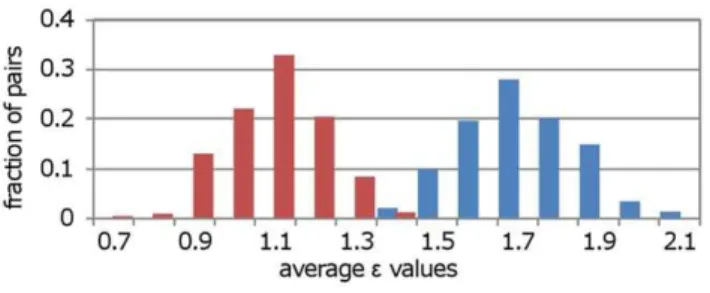Neighbor overlap is enriched in the yeast interaction network: analysis and implications.
Texto
Imagem



Documentos relacionados
Os objetivos específicos foram o de determinar as propriedades físicas (densidade básica, perda de massa, retratibilidades e coeficiente de anisotropia), mecânicas
Immunogenic proteins mapped in Protein-Protein Interaction (PPI) networks: ( a ) PPI networks constructed starting with the target proteins (“no protection” and
The second section is devoted to the role of purines on the hypoxic response of the CB, providing the state- of-the art for the presence of adenosine and ATP receptors in the CB;
Using a small dataset of protein–protein interactions [1], it was proposed that the yeast protein interaction network is made up of two sorts of hubs, party and date, and that these
Thus, we propose that hTectonin is a novel human protein that forms a b -propeller structure which is involved in protein-protein interaction with immune-related proteins such
We performed a larger scale interaction analysis between all pairs of SNPs that (i) are found in interacting genes according to a curated human protein-protein interaction network ( ,
By integrating complementary resources, that is, microarray (ArrayExpress), protein-protein interaction (BioGrid), and protein complex (MIPS); it is found that
By integrating gene expression signatures and somatic mutation data on a protein- protein interaction network, we show that the CRC recurrence phenotype involves the dysregulation